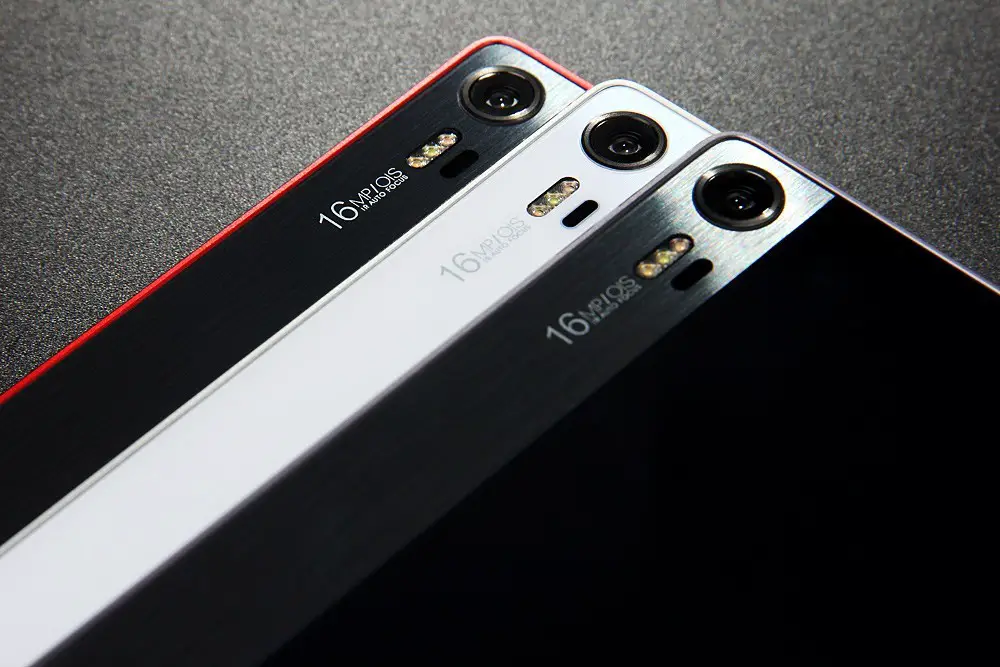
More and more, the smartphone camera is used as a claim to talk about new, more powerful functionalities. It is not difficult to find models specifically focused on the powers of your own camera. But what does a camera need to be "good"?
We hear all the time talking about technical data, that if better shutter, more pixels per inch, better lighting. How do all these numbers translate to a good photograph, the ultimate goal of touching camera?
Don't be overwhelmed by megapixels
Ok, let's start with the most popular data. How is it that we find that 13 megapixel main (or rear) camera threshold and the 5 megapixel secondary camera in both low and high range?
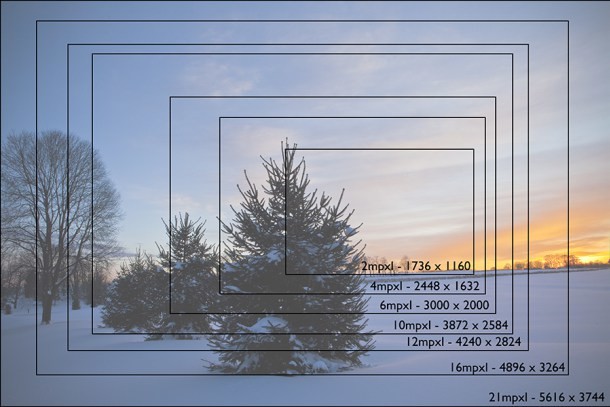
Megapixels are the size of our capture . A first conclusion will say: ok, so the more pixels the photo has and the more it “weighs”, the higher its quality, even if it is for mere resolution. But, except for the new cameras that do not apply compression on the pixels - the popular RAW mode - most cameras compress this information..
Also, another note: not all data is the same size. This variable depends on the size of the sensor. The larger a pixel, the more light it can capture through its photodiodes , which results in higher sensitivity. When you see those photos so grainy and flat on 18 or 23 megapixel cameras, the problem is there: in the quality of the sensor.
Conclusion: 12 megapixels are more than enough to take a great photo with a size equivalent to an A3..
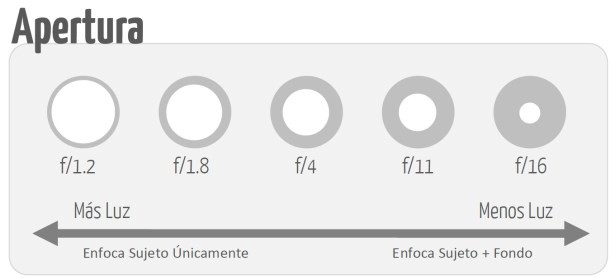
What's that weird “ƒ” that appears in the specs?
The aperture f is a value that affects two variables: the focal length and the amount of light it is capable of absorbing . Let's think about a human eye and how the iris closes or opens to allow the amount of light that penetrates the “camera”.
So the diaphragm aperture refers to that maximum flexibility. When you read that a camera goes from f2.2 to f1.8, it means that the capacity of light that it is capable of absorbing has increased: the fact that it is a smaller number indicates that it can now expand more..
And how does it affect? Well, in that your photos will have a much more successful lighting .
And about the focal length, ditto: this is measured in millimeters and the smaller the value, the better . In theory, of course. What you are telling us is that you need less distance to focus the photo. A minimum value of 22-28 millimeters would be the usual for a mobile camera. And the maximum distance? 200-260mm is quite a high nominal value.
Keep in mind that mobile cameras are forced to mount very narrow lenses and ditto diaphragms, so this will always end up damaging the maximum focal length limit .
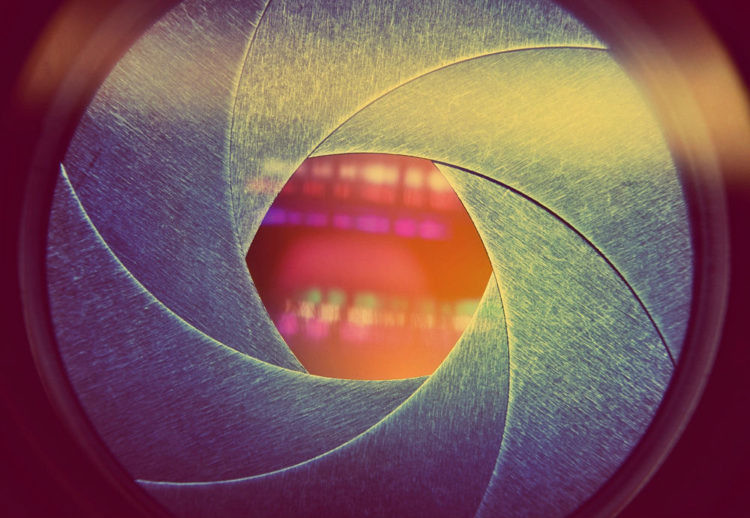
What if there is no light?
Here another element comes into play: the flash. You will have heard of double flash, delayed flash, and so on. If instead of a sensor we have two, we multiply by two the light absorption capacity in a capture . The speed of the sensor and the effectiveness with which it responds to capture is also decisive.
Another detail: LED lighting is softer than xenon , and easier to regulate. If your mobile uses flash xenon light, it is possible that some photos are dazzled - if we are talking about indoor photos, of course.
In addition, to that value ƒ that we mentioned above must be added the optical image stabilizer, which depends on a software that analyzes the moving image, with the mission of capturing a photo that is as blurry as possible .
Hence, in the dark it is more difficult to stabilize an image. A good shot depends on the amount of light in the scene . So when your camera starts taking blurry photos you know: something has gone wrong with the stabilizer.
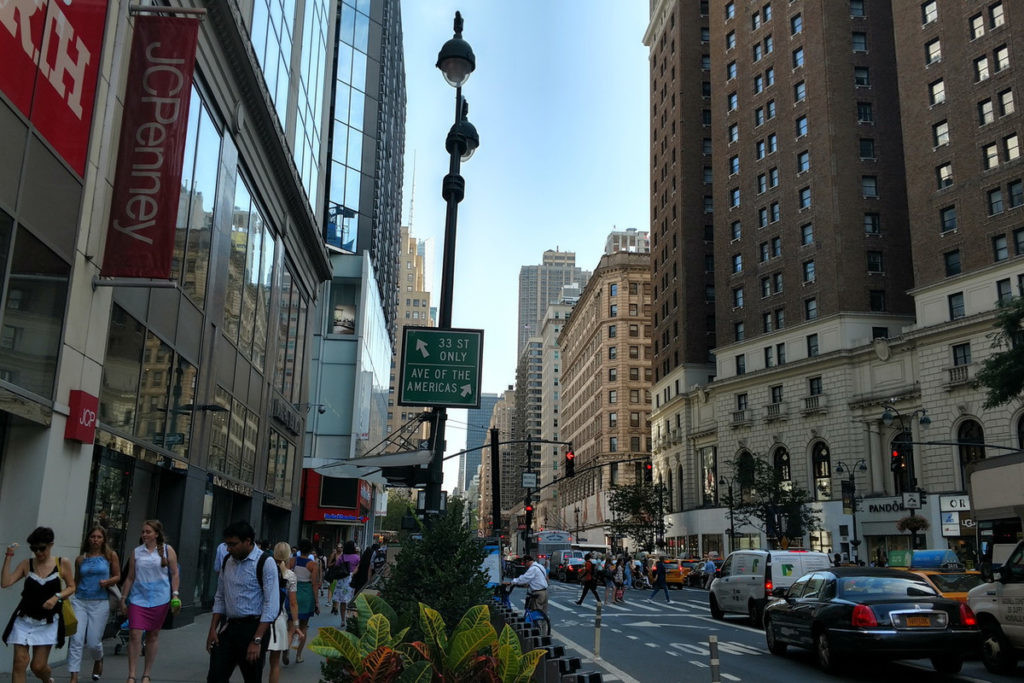
The degrees of the angular
In photography, the angle determines the angle of view . The higher its value, the more degrees it is able to display. Of course, if a photo is capable of taking a very wide angle, it will look slightly distorted.
Digital panoramas, for example, show a large horizontal photo, but the focus is almost always slightly distorted .
Two cameras instead of one
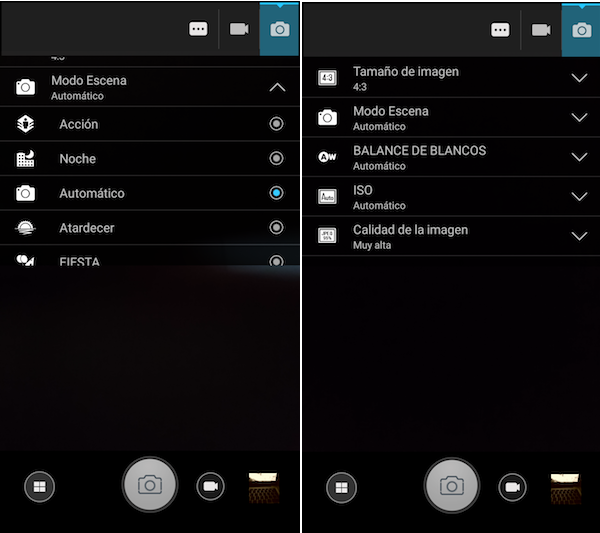
You've probably heard of a new concept: dual camera. These are two independent sensors a few millimeters apart. In this way you get photos with better focus, clearer photos in low light environments , or are used to create wide-angle panoramas and make the result more natural.
Usually one of them acts as a host camera and another as a secondary camera. That is, one is angular and the other focal, ideal for dividing the parameters of the photo and then, using software , to achieve the best possible snapshot.
Thanks to this variable, an effect similar to 3D can be achieved, when treating the photo from different distances, improving the depth of field .
External applications
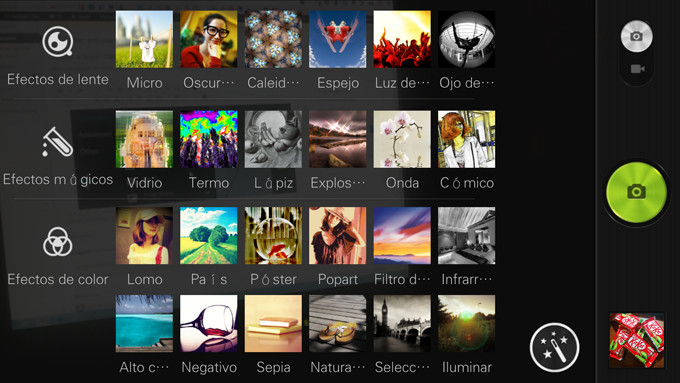
There are dozens of applications to optimize the quality of our photos. They analyze the hardware we are using, they know it . In this way, they take advantage of the parameters to emulate a better zoom (image magnification) or apply distortion and focus / blur filters to emulate a capture shot with an SLR camera.
But this is only part of the equation. The quality of the photo is determined by the hardware of the smartphone . And not just the lens or the optics. The processor is hardly taken into account. The ISP (image Signal Processor) that includes the chip is decisive.
The light that the camera is able to “read” depends on it, the noise processing capacity, the focus speed, the burst speed or the lighting in dark shots: all this information is interpreted by the processor to adjust its hardware and capture the image. best possible image.
A great camera inside a great mobile ...
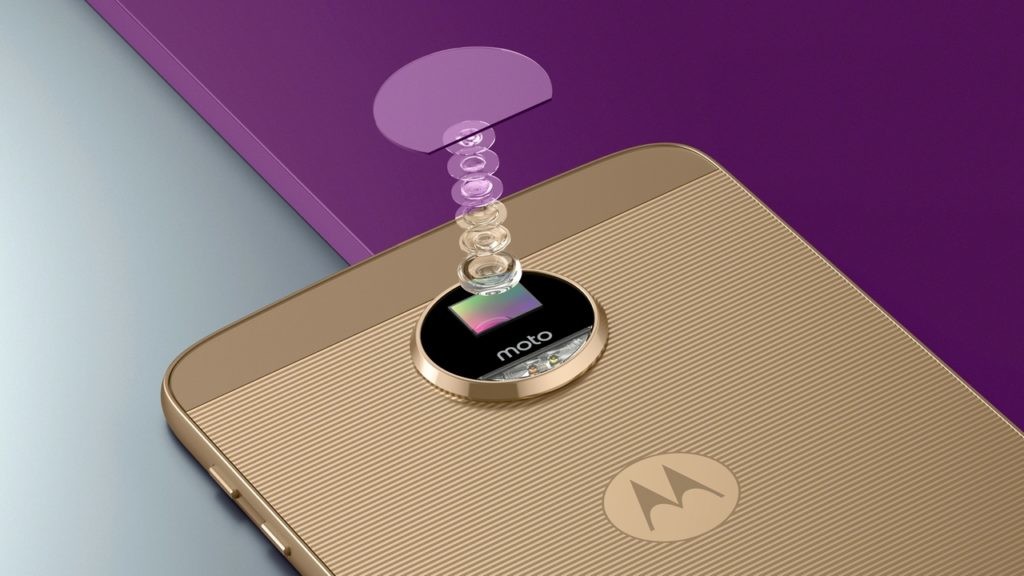
As we said at the beginning, cameras with gigantic resolution are not necessary, since most of us are not going to use them to print posters, but to preserve our memories with the highest possible quality.
We just have to look at the new Moto Z, with a 13MP rear camera and a 5MP front camera. Are they few megapixels? Absolutely.
The front camera mounts an f / 2.2 lens , LED flash, and a wide-angle lens. The front flash is ideal for taking selfies and preventing them from being turned off. But it also has its own editing software.
The rear camera features laser AF, adjustable LED flash, f / 1.8 lens, the ability to record videos up to 4K (3840 x 2160 pixels) and an Optical Image Stabilizer (OIS) that reduces jitter and shake to a minimum, achieving much smoother video transitions.
... And not only on the inside

Also on the outside. A camera, by itself, is not everything. Modules are the key. And Lenovo's Moto Z has several MotoMods, a series of technological add-ons that power the terminal. If the Moto Z camera already has 13MP with optical stabilization, OIS, PDAF and F / 1.8, the Moto Z Force goes up to 21 MP .
And we can still aspire to the ultimate camera: the MotoMod Hasselblad, certified by the prestigious Swedish manufacturer, has its own ½.3-inch Backlight Sensor (BSI CMOS). Its lens has a maximum aperture of F / 3.5. And as we said, the important thing is the pixel and the MotoMod Hasselblad has pixels of 1.55 microns .
The additions do not stop there: it allows you to record video at FullHD resolution at 30fps, it has a powerful optical zoom, which prevents loss of resolution, autofocus, white balance, ISO and a Xenon flash designed for night photography and outdoors, in addition to the possibility of saving photos in DNG (Digital Negative), that is, in RAW, without any compression.
So now you know: when someone talks about this or that mobile camera, don't forget that every element counts. It is not only about grandiose figures, but about a millimeter construction and a balance in each of its elements .